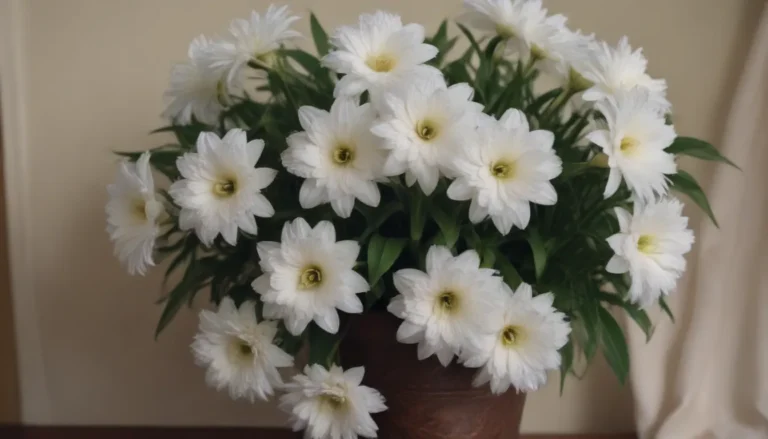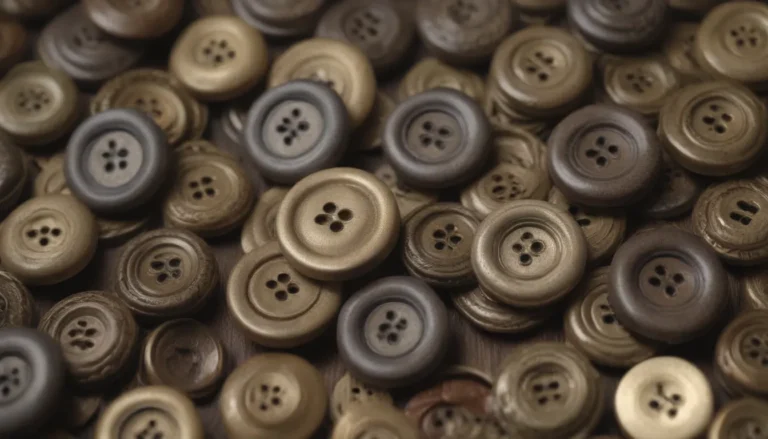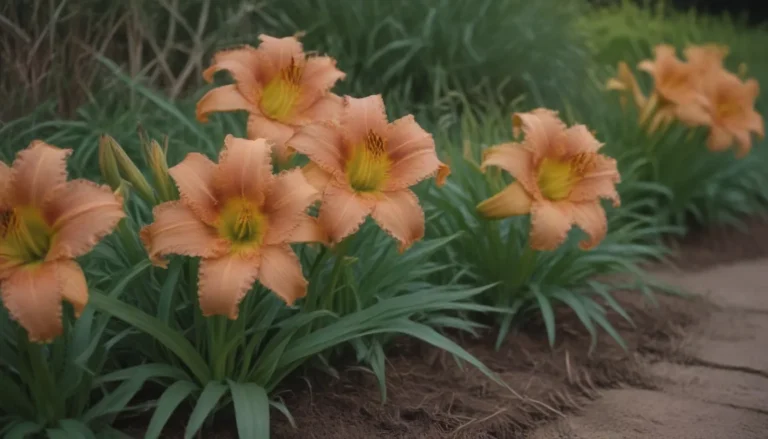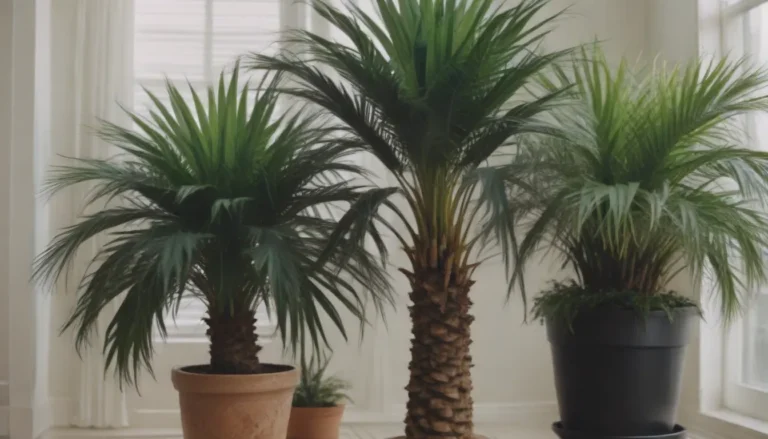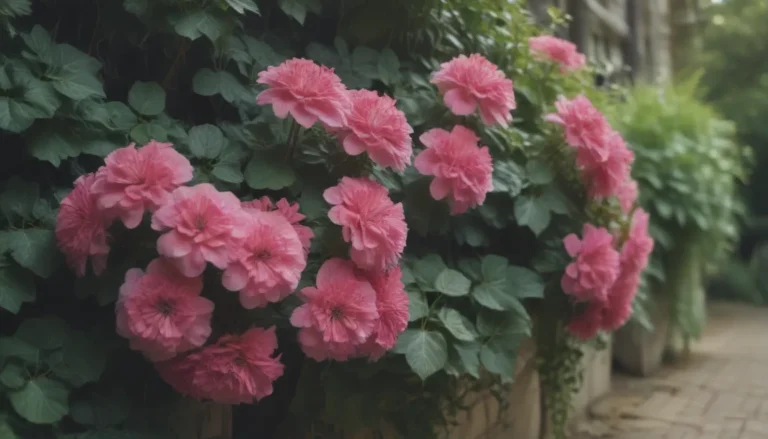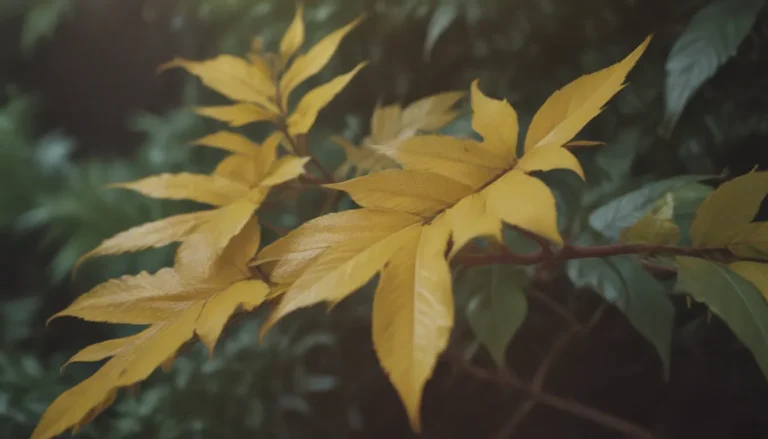Ultimate Guide to Growing and Caring for Alocasia Odora
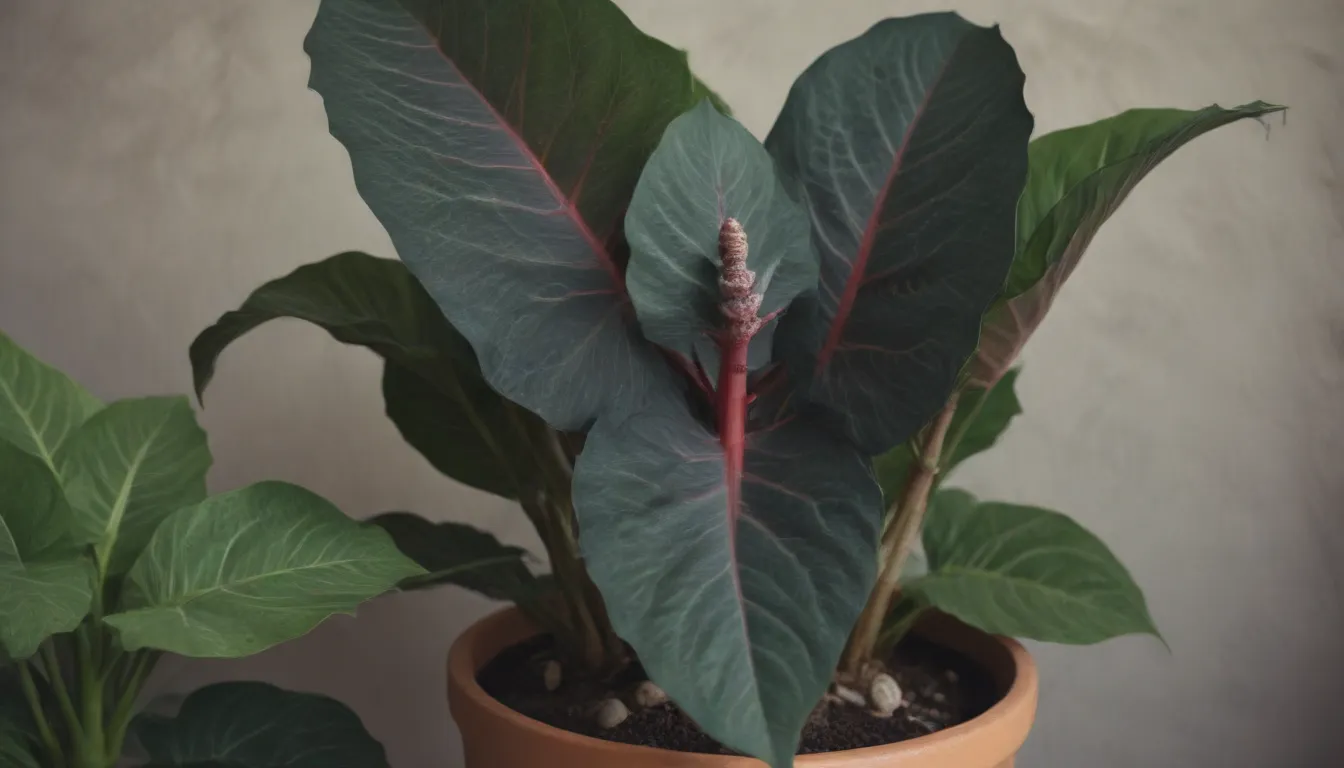
Welcome to the ultimate guide on how to grow and care for Alocasia odora, also known as giant elephant ear, Asian taro, and night-scented lily. This large evergreen perennial is native to East and Southeast Asia and is a popular ornamental plant due to its impressive size and beautiful foliage. In this comprehensive guide, we will explore everything you need to know to successfully grow and care for your Alocasia odora, whether you choose to keep it as a houseplant, in outdoor containers, or in shade gardens.
Introduction to Alocasia Odora
The Alocasia odora is characterized by its large leaves that can grow up to two feet tall and the plant itself can reach heights of six to eight feet in the right conditions. While the foliage is the main attraction, this perennial does produce peach-colored flowers in a spathe-like shape, although it’s rare to see them when grown indoors. It’s important to note that like all plants in the Alocasia genus, the Alocasia odora is considered toxic to pets and humans if ingested.
Alocasia Odora Care Requirements
Here are the main care requirements for growing Alocasia odora:
Light
Good news for those with limited light – the Alocasia odora is a shade lover. It thrives in partial to full shade outdoors and should be kept in medium to bright indirect light indoors.
Soil
Alocasia odora prefers soil that is rich, moist, and well-draining. When grown in containers, mix potting soil with perlite and orchid bark for nutrients and aeration. In the garden, avoid clay soils and improve soil quality with fresh potting soil, perlite, and sand.
Water
Keep the soil evenly moist but not waterlogged. Avoid overwatering, as the Alocasia odora is sensitive to wet conditions. Ensure proper drainage and adjust watering frequency in the fall and winter.
Temperature and Humidity
Alocasia odora thrives in warm temperatures and high humidity, hardy in USDA zones 9 to 11. For colder climates, grow it in containers or as a houseplant and protect it from cold temperatures. Maintain humidity above 60% for vigorous growth.
Fertilizer
Regularly fertilize Alocasia odora during the spring and summer with a balanced liquid fertilizer or slow-release option. Avoid fertilizing in the fall and winter when the plant is dormant.
Propagating Alocasia Odora
The most common method for propagating Alocasia odora is by division. As the plant matures, it naturally produces new corms that can be divided to control size or create new plants.
Potting and Repotting Alocasia Odora
When growing Alocasia odora in a container, repot it every one to two years in a slightly larger pot. Refresh the potting soil and avoid breaking too many roots. Enlist help for larger plants.
Overwintering Alocasia Odora
To overwinter Alocasia odora corms, cut off foliage in the fall, dig up the corms, and dry them out for storage. Rehydrate corms before planting in the spring in a shady location with well-draining soil.
Common Pests and Diseases
Watch for pests like spider mites, aphids, and mealybugs, as well as diseases including root rot and leaf blight. Treat issues promptly and isolate affected plants.
Common Problems and Solutions
Alocasia odora may experience common issues such as yellow leaves, brown leaves, and drooping leaves. Address these problems by adjusting watering, humidity, and light levels accordingly.
In conclusion, Alocasia odora is a stunning plant that can thrive indoors and in the garden with proper care. By following these guidelines and tips, you can enjoy the beauty of this tropical perennial while ensuring its health and longevity. Remember to provide the right conditions, monitor growth, and address any problems promptly to keep your Alocasia odora thriving for years to come. Happy gardening!
